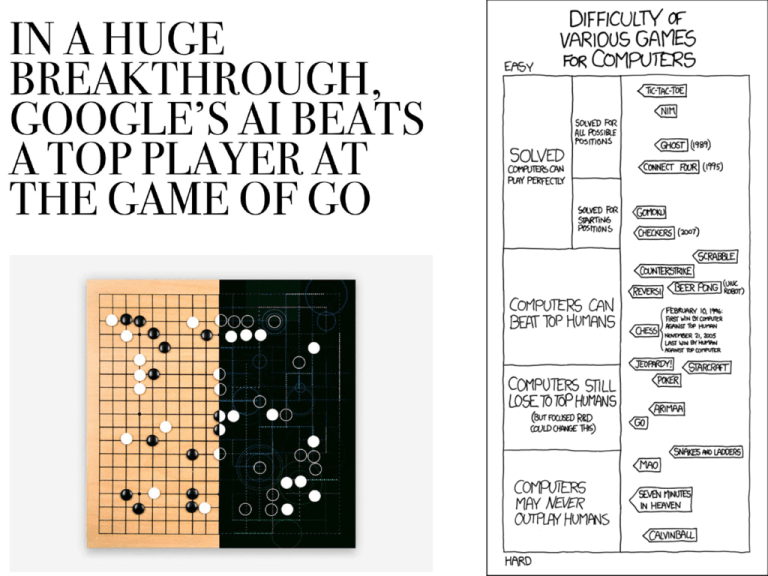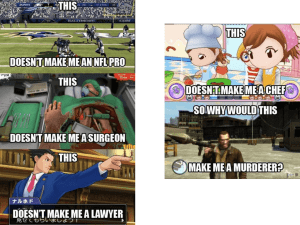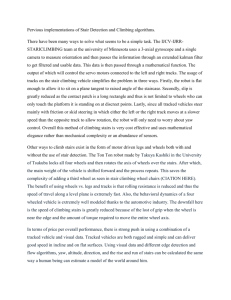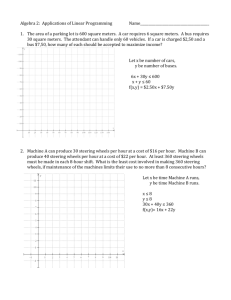Kinematics
advertisement

• Gaits Cost of Transportation Wheeled Mobile Robots • • • • • Most popular locomotion mechanism Highly efficient Simple mechanical implementation Balancing is not usually a problem Suspension system needed to allow all wheels to maintain ground contact on uneven terrain Wheeled Mobile Robots • Focus is on – Traction – Stability – Maneuverability – Control Wheel Designs a) Standard wheels – 2 DOF b) Castor wheels – 2 DOF Wheel Designs c) Swedish (Omni) wheels – 3 DOF d) Ball or spherical wheel – 3 DOF – Think mouse ball – Suspension issue Wheeled Mobile Robots • Stability of a vehicle is guaranteed with 3 wheel – center of gravity is within the triangle formed by ground contact points of wheels • Stability is improved by 4 and more wheels • Bigger wheels allow to overcome higher obstacles – But require higher torque or reductions in the gear box • Most arrangements are non-holonomic – require high control effort • Combining actuation and steering on one wheel makes design complex and adds additional errors for odometry Static Stability with Two Wheels • Achieved by ensuring center of mass is below wheel axis • Or using fancy balancing Motion Control • Kinematic/dynamic model of the robot • Model the interaction between wheel and ground • Definition of required motion – Speed control – Position control • Control law that satisfies the requirements Mobile Robot Kinematics • Description of mechanical behavior of the robot for design and control • Similar to robot manipulator kinematics • However, mobile robots can move unbound with respect to their environment: – No direct way to measure robot’s position – Position must be integrated over time – Leads to inaccuracies of the position (motion) estimate • Understanding mobile robot motion starts with understanding wheel constraints placed on robot’s mobility • Configuration: complete specification of the position of every point of the system. Position and orientation. Also, called a pose • Configuration space: space of all possible configurations • Workspace: the 2D or 3D ambient space the robot is in. • Beyond trial and error…. • Establish mathematically how robot should move • Kinematics: how robot will move given motor inputs • Inverse-kinematics: how to move motors to get robot to do what we want https://www.youtube.com/watch?v=FzCORl5BU0Q Robot is at (initial frame) xI,yI,θI Wants to get to some location but can’t control xI,yI,θI directly Robot can know • Speeds of wheels: φ1…φn • Steering angle of steerable wheels: β1…βm • Speed with which steering angles are changing: β1…βm Robot can know • Speeds of wheels: φ1…φn • Steering angle of steerable wheels: β1…βm • Speed with which steering angles are changing: β1…βm • These define the forward motion of the robot, the forward kinematics: f(φ1…φn, β1…βm, β1…βm)=[xI,yI,θI]T Want we want Inverse Kinematics [φ1…φn, β1…βm, β1…βm] T=f(xI,yI,θI) Robot • Robot knows how movement relative to center of rotation (P) • Not same as knowing how moves in world • Initial Frame • Robot Frame • Robot Position: ξI=[xI,yI,θI]T • Mapping motion between frames ξR= ?? ξI [xR,yR,θR]T = ? [xI,yI,θI]T • Robot Position: ξI=[xI,yI,θI]T • Mapping between frames ξR=R(θ)ξI =R(θ)[xI,yI,θI]T where R(θ)= R(θ) • ξR=R(θ)ξI • Still isn’t what we want… we want the reverse of this • ξI=R(θ)-1ξR R(θ)-1 • If we know the relative changes in x, y, and θ, we can find the global position. How do we know what these values are? • Speed of the wheels • Constraints – Movement on a horizontal plane – Point contact of wheels – Wheels are not deformable – Pure rolling: velocity is 0 at contact point – No friction for rotation – Steering axes orthogonal to surface – Wheels connected by rigid frame Differential Drive • Wheels rotate at φ • Each wheel contributes rφ/2 to motion of center of rotation • Speed = sum of two wheels • Rotation due to right wheel is ωr=rφ/2l Counterclockwise about left wheel • l is distance between wheel and center of rotation Differential Drive • Rotation due to left wheel: ωl=-rφ/2l Counterclockwise about right wheel • Combining components: Example 1/3 • • • • θ=π/2=90 degrees r=1 l=1 φl=4, φr=2 What is the change in the initial frame of reference? sin(π/2)=1, cos(π/2)=0 Example 2/3 • • • • θ=π/4=45 degrees rl=2, rr=3 l=5 φl= φr =6 sin(π/4)=1/√2, cos(π/4)=1/√2





